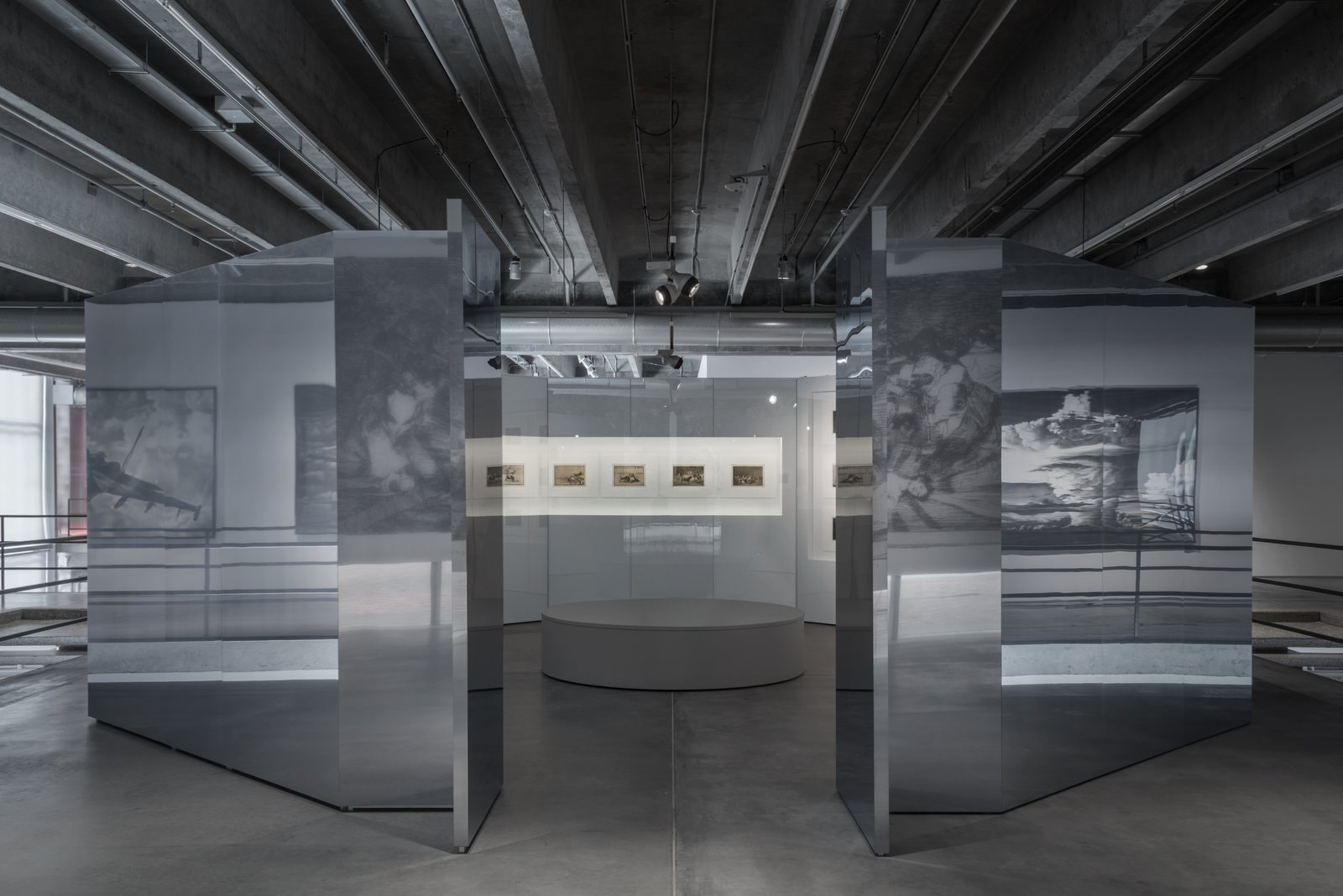Madrid University lecturer and Prado Museum researcher Virginia Albarrán discusses a variety of different, at times contradictory, interpretations of Francisco Goya’s paintings, drawings and engravings, and looks at how his work has been used to support various ideas throughout the centuries.
Today, we have got used to treating works by great artists as projections of our own beliefs and ideas. We envisage the artist as a liberal or a believer, a Francophile or a patriot, an intellectual or a member of the ruling class, a noble man or a man of the people, a supporter or a critic of bullfights. Goya in particular, is often discussed as a chronicler of his time, while the role of artistic tradition in his works is neglected. Many of his images have become icons and are constantly brought up in non-artistic discussions and reinterpreted. Goya’s work has influenced artists throughout centuries: from Édouard Manet to Jake and Dinos Chapman, including masters like Pablo Picasso, Salvador Dalí, James Ensor and Carlos Saura among others. In Proof, Goya’s works are presented alongside, and in a dialogue with drawings by one of his admirers, Robert Longo. The reprint of engravings, presented in the show, was made in 1937 by the Spanish Republic, which had no scruples about using the artist’s work as a political tool.
